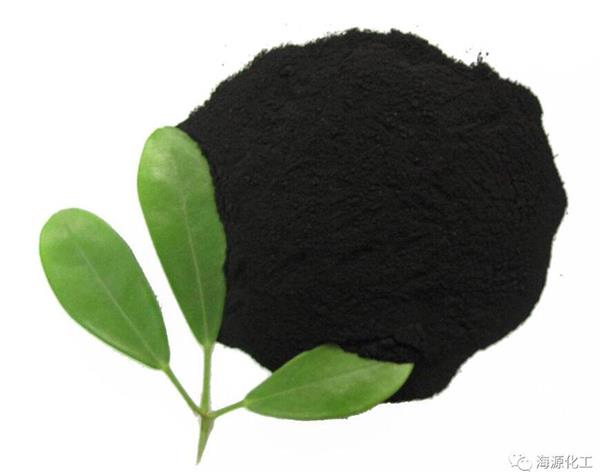
2020-05-18
Humic acid is commonly found in peat and lignite. Organic matter such as peat is an organic ore body produced by vegetation residues through biological and physical action for a long time, which contains a lot of humic acid. Humic acid is a kind of black or brown Colloidal organics are a large class of polycyclic fused-ring organics.Humic acid fertilizerIt has a good effect on increasing soil organic matter and improving soil texture.

Improve soil fertility
1. Reduce the stability of soluble phosphorus in the soil layer, increase the utilization rate of phosphorus fertilizer, and promote the vitality of nutrient elements in the soil layer. Generally, Ca3(PO4)2 in the soil layer is difficult to dissolve into water, and the hydrogen phosphate produced by the addition of humic acid is produced. Both salt and dihydrogen phosphate are dissolved in water and can be adsorbed by crops.
2. Humic acid can form complexes with some nutrients in insoluble salt shapes such as Fe, Al, Cu, Mg, Zn, etc., which can be dissolved in water and adsorbed by crops. The products of such nutrients are organically chemically chelated microscopically. The price of fertilizer is very expensive, usually villagers are reluctant to order it, and humic acid can be used as a pure natural chelating agent with wide source, high quality and low price, and chelating with nutrients, making it easy to be adsorbed by crops.
Improve soil texture
1. Promote the formation of aggregates in the soil layer. Ammonium humate can promote the formation of aggregate structure in the soil layer, and the use of organic fertilizers in the soil layer can also improve the soil texture, which is mainly to make full use of the slow conversion of soil microorganisms. If humic acids are often used Fertilizers will speed up this conversion process.
2. It is beneficial to the adjustment of water, fertilizer, gas and heat phenomena in the soil layer. When the aggregate structure of the soil layer becomes better, its weight decreases, the gap becomes larger, and it has better permeability. The color of similar chemical fertilizers is beneficial to the absorption of sunlight energy. When the humic acid fertilizers are differentiated by the action of micro-organisms, they release energy, especially in the early spring when the crop seedlings are just dug up to increase the surface temperature and play a role in resisting spring freezing.
3. Reconstruction of poor soil layers and saline-alkali land. Long-term persistent use of humic acid fertilizers will transform poor soil layers into fertile fields from the source. In southern regions, humic acid fertilizers are fully utilized to improve "acid, barren, board, and dry" conditions. Red soil has also achieved a significant effect. Because the acidity of humic acid can be combined with the alkalinity of saline-alkali soil, humic acid can adjust the pH of the soil layer to reach the standard and remediate saline-alkali soil.
4. Promote the vitality of soil microorganisms. After using humic acid fertilizers in the soil layer, it will aggravate the actions of micro-organisms in the soil layer, especially the authigenic nitrogen-fixing bacteria in the soil layer increase significantly, which makes the composition of nitrate significantly larger, It enriched the nitrogen nutrient content of the soil layer and improved the nutrient content standard of crop rhizomes.